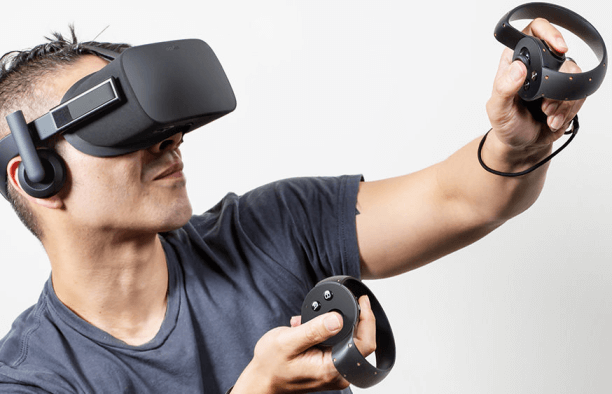Like everything low cost, it is wise to ask whether a cheap virtual reality kit is able to provide a quality experience or not. After all, there has to be a difference between a set that costs several hundreds of dollars and one that’s far more affordable than that – less than $100.
What will you use it for?
Surprisingly, low-price VR sets are more suitable to certain uses and contexts than the more expensive ones. It is because they tend to be lighter and easier to manage. Therefore, when you are in a classroom for example, it’s best to give kids cheaper handsets; these will serve them well but at the same time won’t entail a big expense if they’re broken.
Short-term or long-term use?
Affordable handsets like the Google Cardboard Australia now loves are best suited to quick and brief applications. This one is definitely excellent for short uses, for example for business people who need to make brief presentations to their clients. After a while, it starts to lag or drift. However, as long as it short-term, using it comes easily and provides satisfaction – no need for a more expensive model and this one is almost dirt-cheap. If, on the other hand, you’re into games and other such lengthy applications, then you should invest in a more reliable model.
The tracking sensor
Virtual reality headsets use incorporated sensors to detect movement, space, position etc. in order to customise your experience as you go. If the sensor isn’t a good one, then it will affect the quality of the experience, in terms of synchronisation or real-life impression. Poor quality sensors will lead to brain confusion.
The compatibility issue
The technology you pair your handset with cannot be at random. VR goggles like those made by Samsung are compatible with a given range of Samsung smartphones. Some will work with any type released in the past few years, or simply with any gyroscope sensor phone, while other sets will have very strict specifications.
The matter of hidden costs
Want to avoid hidden costs and stay at the cheap level? Get one of the low-cost VR headsets. These will use your smartphone to work – you simply place it in the provided slot, connected to the lenses set. Cheap sets rely heavily on phones, while the more sophisticated ones will use computers, virtual platforms, various software and accessories to enable and customise your experience.
Portability
This one is pretty easy to figure out just by looking at the different options. A cheap headset like Google’s is lightweight and manageable in every circumstance. Expensive ones have more features, different designs and are therefore heavier. Some models, like the aforementioned Cardboard, can even be folded. You have to look at the controllers too, as well as the buttons on the headset. The uses you envision may require more than one basic button so choose wisely. Higher portability may mean less satisfaction with the experience.
Cheap headsets made it possible to reach people everywhere, in about any environment and offer them an immersive VR experience. These have also helped businesses across industries to bring their marketing strategies a notch further. When you consider one for personal use, make sure to read and understand the specifications and to ask the manufacturer if the device is suitable for the uses you have in mind.

Comments are closed, but trackbacks and pingbacks are open.